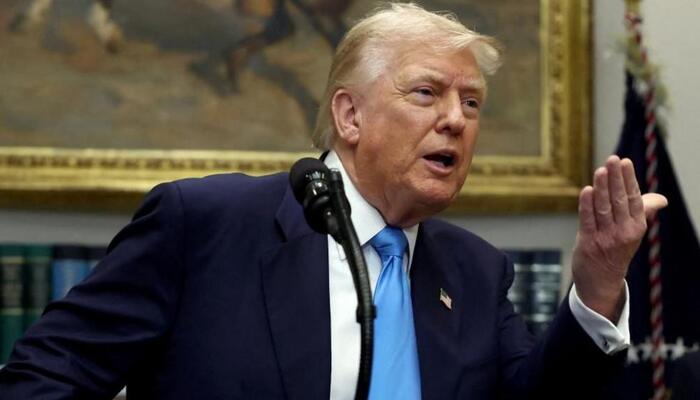
US stocks took a sharp hit Friday after a double blow: sweeping Trump tariffs on key trading partners and a disappointing July jobs report. Markets reacted with concern as the Dow, S&P 500, and Nasdaq all posted steep losses, deepening the week’s red trend.
Indexes Sink Across the Board
The Dow Jones Industrial Average slid by about 1.2%, while the S&P 500 fell nearly 1.4%. The Nasdaq Composite, heavily weighted with tech stocks, dropped 1.9%. These losses followed Thursday’s dip, putting the major indexes on track for weekly declines — roughly 3% for the Dow, 2% for the S&P, and 1.8% for the Nasdaq.
Even strong earnings from tech giants like Microsoft and Google couldn’t offset the broader market anxiety.
Jobs Growth Misses Expectations
The July jobs report added fuel to investor fears. The US economy added only 73,000 jobs — far short of the 104,000 expected by economists. Worse still, job numbers from the previous two months were revised downward significantly.
The unemployment rate also ticked up, climbing to 4.2%, signaling a clear slowdown in the labor market. These weak numbers may influence the Federal Reserve’s next move on interest rates.
Interest Rate Cuts Back in Focus
Traders responded to the jobs data by ramping up bets on interest rate cuts before year-end. The yield on the benchmark 10-year Treasury fell sharply after the report, reflecting a shift in market sentiment toward monetary easing.
The Fed’s preferred inflation gauge released Thursday showed rising price pressures. Now, with signs of softening employment, the central bank faces a tough balancing act between taming inflation and preventing an economic slowdown.
Read: ESPN Parts Ways With Shannon Sharpe After Lawsuit
Tariff Shock Rattles Global Trade Outlook
At the center of market turbulence is former President Donald Trump’s new wave of tariffs. On Thursday, he signed an executive order hiking tariffs on dozens of countries — including major allies and trading partners such as Canada, India, and Taiwan.
Effective immediately, tariffs on Canadian imports rise to 35%. Most other new levies will range from 15% to 40%, though the base rate remains at 10%. The majority of these measures are set to begin in seven days, giving room for last-minute negotiations.
The White House also confirmed some countries had reached updated trade agreements ahead of the Aug. 1 “Liberation Day” tariff deadline. However, Trump has delayed full implementation of many tariff hikes by a week, allowing a window for further talks.
Markets Cautious Despite Tech Gains
Tech earnings were a bright spot in an otherwise grim session. Companies like Microsoft and Alphabet reported results that beat Wall Street expectations. Yet, investor enthusiasm remained muted. The broader mood was dictated by macroeconomic concerns, not corporate performance.
With recession fears mounting, even robust balance sheets weren’t enough to lift the tech sector. Nasdaq losses suggest traders are playing defense, prioritizing risk management over growth exposure.
Outlook Clouded by Uncertainty
The combination of trade tension and weakening job data has left markets jittery. Investors are watching closely for signs of Fed intervention, clarity on trade negotiations, and any hints of recovery in hiring.
For now, the keyword is volatility. With Trump’s tariff policy shaking global trade confidence and the labor market flashing red, Wall Street is bracing for a rocky path ahead.
Follow us on Instagram, YouTube, Facebook,, X and TikTok for latest updates
